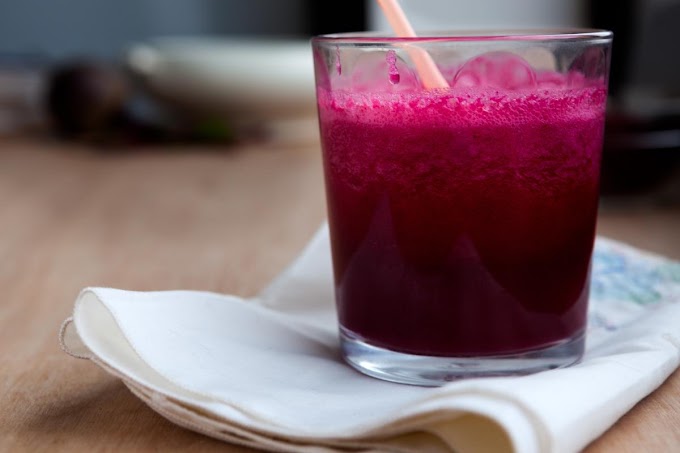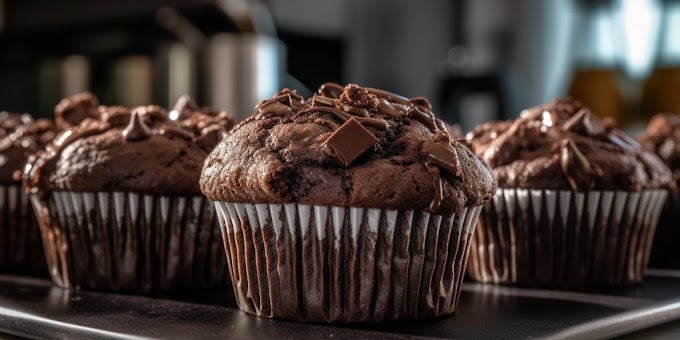Why Mango Ice Cream?
Mango ice cream is a favorite in many cultures, especially in regions where mangoes are abundant. The vibrant color, tantalizing aroma, and the perfect balance of sweetness and tanginess make it a must-try dessert. Unlike store-bought versions, homemade mango ice cream allows you to control the ingredients, ensuring that you get a pure, natural taste without any artificial additives.
Ingredients
Before diving into the recipe, let's gather all the ingredients you'll need:
Fresh Mangoes: 2 large ripe mangoes or about 2 cups of mango puree
Heavy Cream: 1 cup (cold)
Whole Milk: 1/2 cup
Sugar: 1/2 cup (adjust according to the sweetness of the mangoes)
Lemon Juice: 1 tablespoon (optional, to enhance the flavor)
Vanilla Extract: 1 teaspoon (optional)
Salt: A pinch
Step-by-Step Instructions
1. Preparing the Mango Puree
Start by selecting ripe, juicy mangoes. The quality of your mangoes will significantly impact the flavor of your ice cream. Peel the mangoes, remove the pits, and cut the flesh into small cubes. Place the mango cubes in a blender or food processor and blend until smooth. If you prefer a chunkier texture, you can leave some small mango pieces intact.
2. Sweetening the Mango Puree
Once you have your mango puree, taste it to determine the sweetness. If the mangoes are not as sweet as you'd like, add sugar gradually. Blend the mixture again to ensure the sugar is well incorporated. If you want to add a touch of tanginess, mix in the lemon juice at this stage.
3. Preparing the Ice Cream Base
In a large mixing bowl, combine the cold heavy cream, whole milk, and a pinch of salt. Using a hand mixer or a stand mixer, beat the mixture on medium-high speed until soft peaks form. The cream should be fluffy but not over-whipped.
4. Incorporating the Mango Puree
Gently fold the mango puree into the whipped cream mixture using a spatula. Be careful not to deflate the whipped cream as you mix. If you’re using vanilla extract, add it now and continue to fold until the mixture is well combined and has a uniform color.
5. Churning the Ice Cream
If you have an ice cream maker, pour the mixture into the machine and churn according to the manufacturer's instructions. Churning usually takes about 20-30 minutes, during which the ice cream will thicken and take on a creamy texture.
6. Freezing the Ice Cream
Once churned, transfer the ice cream to an airtight container. Smooth the top with a spatula, cover with a piece of parchment paper or plastic wrap to prevent ice crystals from forming, and seal with the lid. Place the container in the freezer and allow the ice cream to firm up for at least 4-6 hours, or overnight for best results.
7. Serving Your Mango Ice Cream
When ready to serve, remove the ice cream from the freezer and let it sit at room temperature for a few minutes to soften slightly. Scoop the ice cream into bowls or cones and garnish with fresh mango slices or mint leaves for a beautiful presentation.
Tips for the Perfect Mango Ice Cream
Choosing the Right Mangoes: opt for mangoes that are fully ripe but not overripe. Varieties like Alphonso, Catalufa, or Haden are known for their rich flavor and sweetness, making them ideal for ice cream.
Balancing Sweetness and Tanginess: The natural sweetness of mangoes can vary, so always taste your puree before adding sugar. If you prefer a tangier flavor, the lemon juice will help balance the sweetness.
Texture Variations: If you enjoy a bit of texture in your ice cream, reserve a portion of the mango cubes and fold them into the mixture just before churning. This will create delightful mango chunks in every bite.
Dairy Alternatives: For a dairy-free version, substitute the heavy cream and milk with coconut cream and coconut milk. This will give the ice cream a subtle coconut flavor that complements the mango beautifully.
Ice Cream Maker Alternatives: If you don’t have an ice cream maker, you can still make mango ice cream using the no-churn method. After folding the mango puree into the whipped cream, pour the mixture into a container and freeze. Stir the mixture every 30 minutes for the first 2-3 hours to break up ice crystals and achieve a smoother texture.
Nutritional Information
Homemade mango ice cream is not only delicious but also a healthier option compared to many store-bought varieties. Here’s a quick overview of its nutritional content:
Calories: Approximately 200-250 calories per serving (1/2 cup)
Fat: 12-15 grams, primarily from the cream
Sugar: 20-25 grams, depending on the added sugar and natural sweetness of the mangoes
Protein: 2-3 grams
Fiber: 1-2 grams, depending on the amount of mango pulp used
Storing Your Mango Ice Cream
To maintain the freshness and texture of your mango ice cream, store it in an airtight container in the coldest part of your freezer. Properly stored, the ice cream should last up to 2 weeks. However, homemade ice cream tends to harden more than commercial varieties, so you may need to let it soften slightly before serving.
Conclusion
Making mango ice cream at home is a simple and satisfying process that results in a creamy, fruity dessert that everyone will love. With just a few ingredients and a bit of patience, you can enjoy the tropical flavors of mangoes in a refreshing ice cream that’s perfect for hot summer days or any time you crave a sweet treat. So go ahead, gather your ingredients, and start churning your way to homemade mango ice cream bliss!







Social Plugin